2015
High-energy Resolution X-ray Absorption and Emission Spectroscopy Reveals Insight into Unique Selectivity of La-based Nanoparticles for CO2
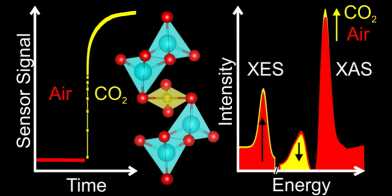
CO2 has become a challenge for our society and we have to develop new materials for its photo-/electrocatalysis, chemoresistive sensing, and storage. Particularly, for the variety of electrochemical applications the selective interaction of CO2 and charge transfer with solids is in the foreground, but their origins are poorly understood.
Polybahn-Pitch: Ralph Spolenak, why do you play with defects?
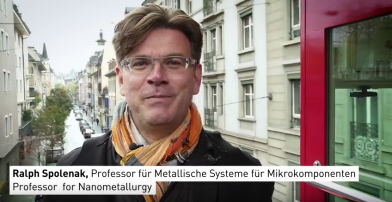
Science in a nutshell: During a Polybahn ride from Central up to the ETH Zurich ETH members have the time to inspire the audience for their work. In this issue, Prof. Ralph Spolenak, Nanometallurgy, explains why his group plays with defects. (German)
Eric Dufresne appointed Full Professor

The Department of Materials is happy to announce that on December 2/3, the Board of the Swiss Federal Institutes of Technology has appointed Eric Dufresne (*1974), currently tenured Associate Professor at Yale University, New Haven, USA, as Full Professor of Soft and Living Materials.
High-Performance Polyethylene Fibers “Al Dente”

Researchers at polymer technology and soft materials groups have discovered that vegetable oils can be used to make improved super strong plastic fibres.
Golden Owl

The ETH Zurich’s student association (VSETH) has selected Martin Willeke as a recipient of the “Golden Owl”. Each year, VSETH confers the owls to lecturers in appreciation of their excellence in teaching.
How do glassy materials flow?
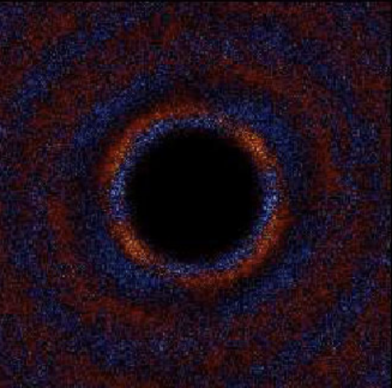
The mechanism of flow in glassy materials is of both fundamental interest and technological importance. To elucidate the mechanism by which glassy materials flow, researchers at the Soft Materials Laboratory in collaboration with a group in FORTH (Greece) have used superposition rheometry applied to model nearly hard sphere colloidal glasses during flow in combination with simulations. The main microscopic mechanism of flow can be identified as a convective cage release.
Multimaterial magnetically assisted 3D printing of composite materials
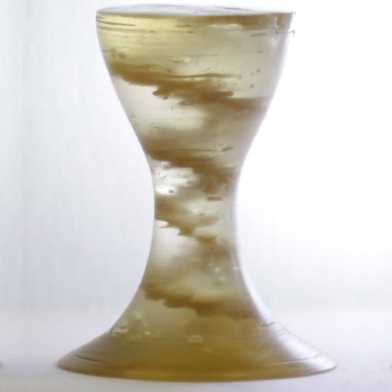
André Studart and his colleagues of the Complex Materials group added magnetic particles at different concentrations to resins of varying viscosities. Applying a low magnetic field during the 3D printing process allowed the team to control the orientation of the particles, and hence the texture, within the printed object.
Order in Disordered Materials
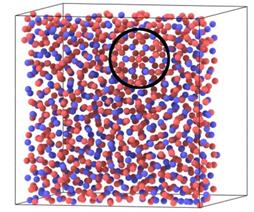
Icosahedral short-range order (SRO) often dominates the structure and thus the properties of metallic glasses. Scientists of the Laboratory of Metal Physics and Technology have now clarified via MD simulations how such icosahedral SRO influences glass formation and mechanical properties.
Biomimetic Dental Prosthesis

ETH material researchers at the Complex Materials group are developing a procedure that allows them to mimic the complex fine structure of biological composite materials, such as teeth or seashells. They can thus create synthetic materials that are as hard and tough as their natural counterparts.
Phase Transitions in a Magnetic Metamaterial
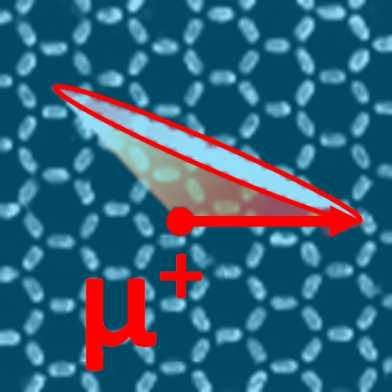
Scientists from the Laboratory for Mesoscopic Systems, together with researchers from the Paul Scherrer Institute and University of St. Andrews, have measured phase transitions in a frustrated magnetic metamaterial made up of mesoscopic magnets using low energy muons.
Prof. Nicola Spaldin was being awarded the Körber Prize, Updates
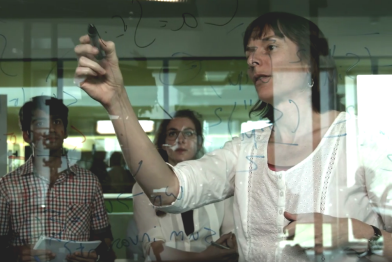
The Körber Prize on YouTube, podcast and other media.
Prof. Nicola Spaldin was being awarded the Körber Prize

As reported earlier, Prof. Nicola Spaldin received the Köber Prize yesterday. Please read her interview in ETH News about materials science and why she loves unanswered questions.
Prof. Laura Heyderman announced PSI FoKo President

Prof. Laura Heyderman, head of the Laboratory for Mesoscopic Systems at D-MATL and PSI, was announced new PSI FoKo President starting February 2, 2016.
Extremely Strong and Heat-Resistant
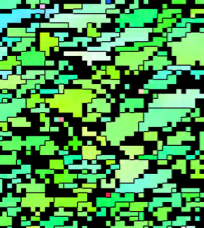
Researchers at the Laboratory for Nanometallurgy have produced a thin film and extremely fine pillars from a new class of alloys made of multiple finely distributed elements. The material is resistant to extreme pressures and temperatures.
Local Control of Vortex Core Reversal in a Magnetic Hybrid System

Scientists from the Laboratory for Mesoscopic Systems, together with researchers from the Universities of Manchester and Exeter, have discovered a new vortex core reversal mechanism that only occurs in magnetic hybrid systems. This new mechanism provides a way to set the vortex core orientation at will and therefore control magnetisation at the nanoscale.
Senior Scientist Award
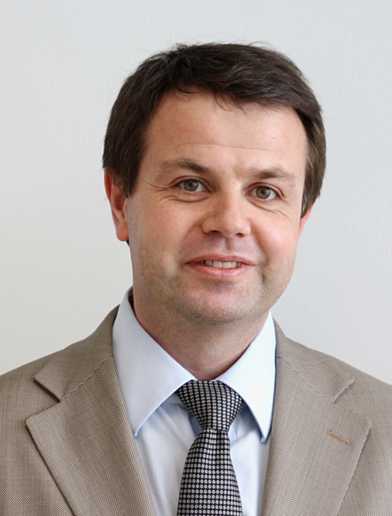
Prof. Jörg Löffler has received the Senior Scientist Award of this year’s International Symposium on Metastable, Amorphous, and Nanostructured Materials (ISMANAM 2015, Paris).
Storage Technology 2.0: Computers for the Future
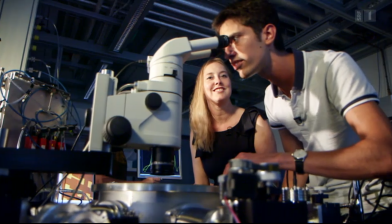
The "Memristive Information Storage and Logics"-Team of Prof. Jennifer Rupp's Group, Electrochemical Materials, is featured in SRF's Einstein's TV report on new memory technologies.
Buckle up for Fast Ionic Conduction
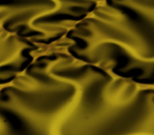
Researchers from the Electrochemical Materials group of the Department found that the performance of ion-conducting ceramic membranes that are so important in industry depends largely on their strain and buckling profiles.
Moving Sector Walls on the Nano Scale
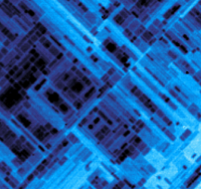
A paper co-authored by scientists from Multifunctional Ferroic Materials, together with scientists from Materials Theory, and from the University of Zaragoza explains how they are able to visualize and selectively modify the internal order of an intensively researched class of materials known as multiferroics. This opens the door to promising applications in electronics.
New Composite Material as CO2 Sensor

Researchers from Multifunctional Materials at ETH Zurich and the Max Planck Institute of Colloids and Interfaces in Potsdam have developed a new type of sensor that can measure carbon dioxide (CO2).